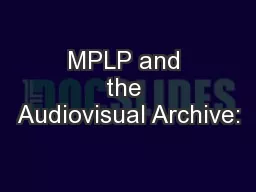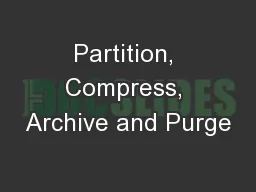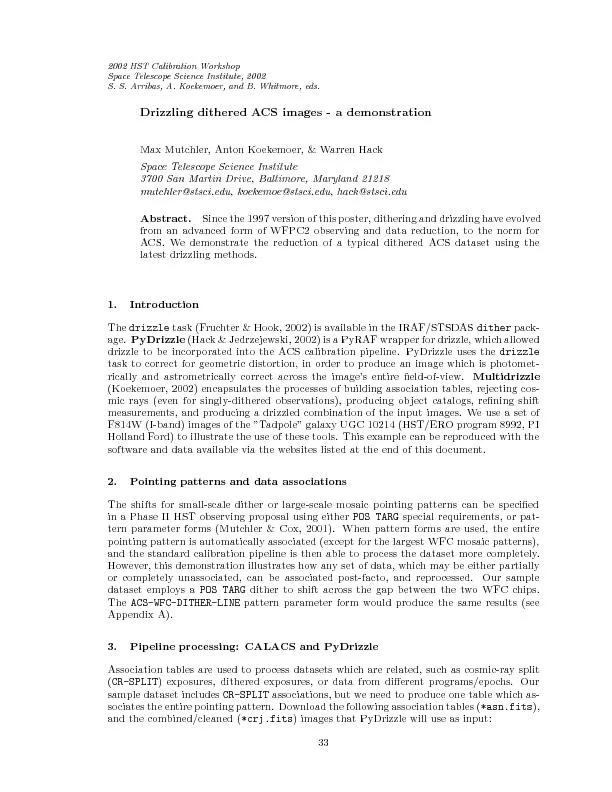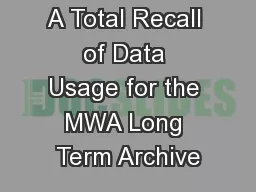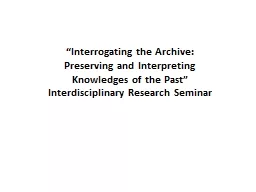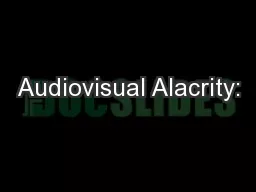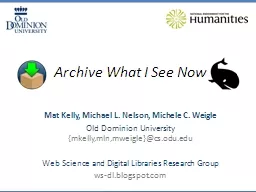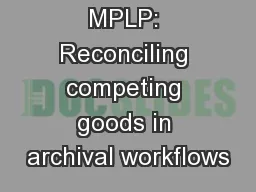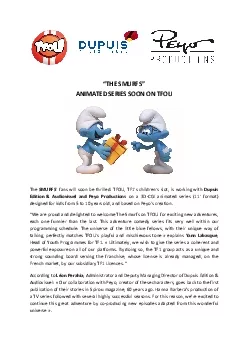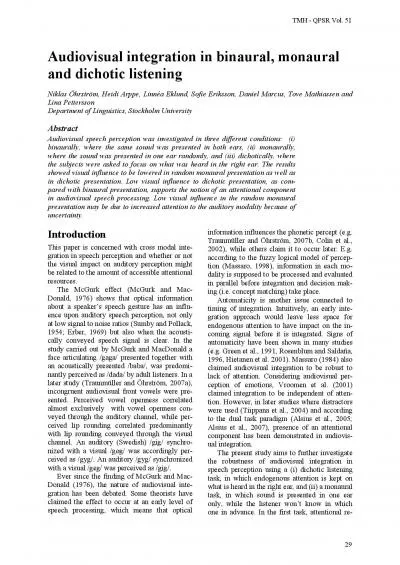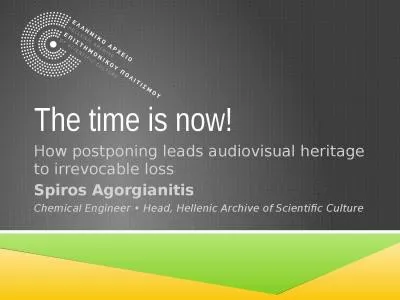PPT-MPLP and the Audiovisual Archive:
Author : pamella-moone | Published Date : 2015-10-22
An Exploratory Study of Minimal Processing Practices for Sound Recordings Sofía Becerra Licha B erklee College of Music SAA Research Forum August 13 2013
Presentation Embed Code
Download Presentation
Download Presentation The PPT/PDF document "MPLP and the Audiovisual Archive:" is the property of its rightful owner. Permission is granted to download and print the materials on this website for personal, non-commercial use only, and to display it on your personal computer provided you do not modify the materials and that you retain all copyright notices contained in the materials. By downloading content from our website, you accept the terms of this agreement.
MPLP and the Audiovisual Archive:: Transcript
Download Rules Of Document
"MPLP and the Audiovisual Archive:"The content belongs to its owner. You may download and print it for personal use, without modification, and keep all copyright notices. By downloading, you agree to these terms.
Related Documents

